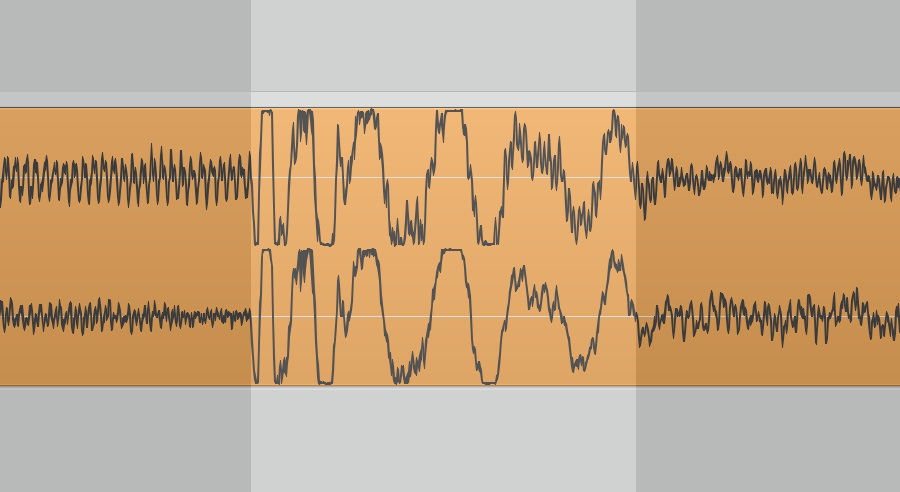
In a number of previous critiques (such as this one of Rudimental’s 'These Days'), I’ve voiced my suspicions that mainstream music producers are specifically tailoring the overall frequency response of their mixes to game the standardised LUFS loudness-detection routine – the aim being to appear louder than competing productions despite the loudness normalisation routinely used by most streaming platforms. But there’s something else I’m seeing in recent chart releases that I reckon also stems from the same impulse, and this specific song is a great example.
You see, one of the other characteristics of the LUFS loudness-detection standard is that loudness is measured via a series of 400ms-long measurement ‘windows’. The average signal level across each of these time periods is ascertained by the measurement algorithm, and it’s the sum of all these measurement scores that forms the basis of the track’s overall integrated-loudness calculation. But these measurement windows don’t just follow one after the other – they actually overlap by 75 percent of their length. Now, given that low frequencies most impact any averaged signal-level measurement, it stands to reason you’d want to minimise the number of measurement windows containing powerful low-end content if you’re looking for the lowest overall LUFS value for your track.
Which brings me to the kick-drum in this song, which helpfully appears on its own towards the end of the song and looks like this:

And the length of the highlighted region (clearly the drum’s main low-frequency content) is exactly 100ms, which is as long as it’s possible to make it without ever impacting on more than five adjacent LUFS level-measurement windows per hit. Merely a coincidence? Personally, I don’t think so. But if my assertion is valid, then surely people would want to make their kick drums even shorter than 100ms? Well, there’s a balance to be struck, because the shorter you make a kick-drum’s waveform, the less time you have for the instrument’s longer-wavelength low frequencies to develop. As such, further reducing the kick-drum’s duration mostly just sacrifices subjective low-end power for overall loudness – whereas the whole point of trying to hack the loudness-detection algorithm is to maximise both those attributes, rather than trading one off against the other!
But what about the bass line? Surely that’s got lots of much more sustained low end? Yes it does, but if you high-pass filter the mix at 80Hz (as the standard LUFS loudness-detection algorithm does), then you’ll hear that the kick-drum now dwarfs the bass synth in the remaining low-end balance.










